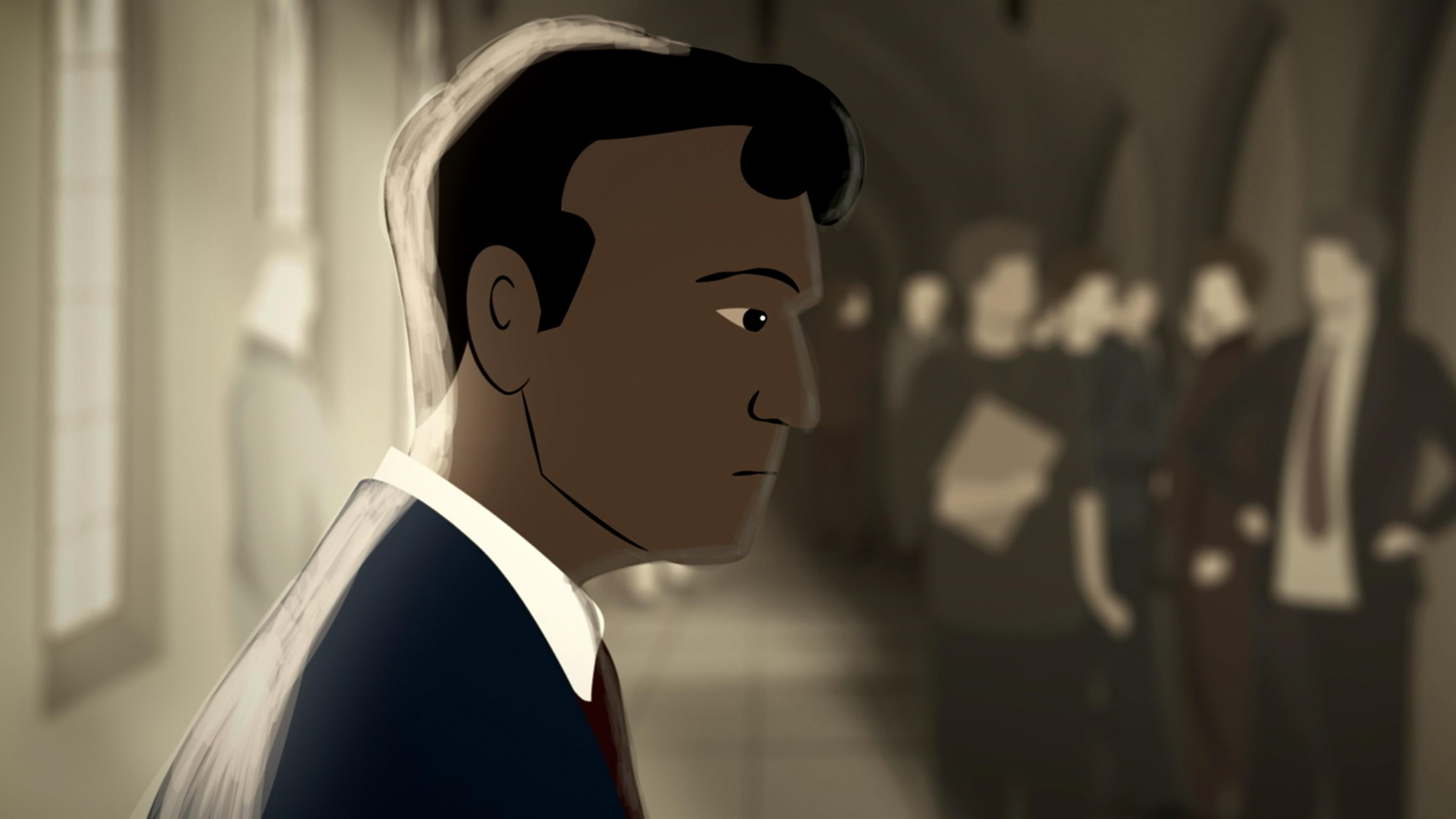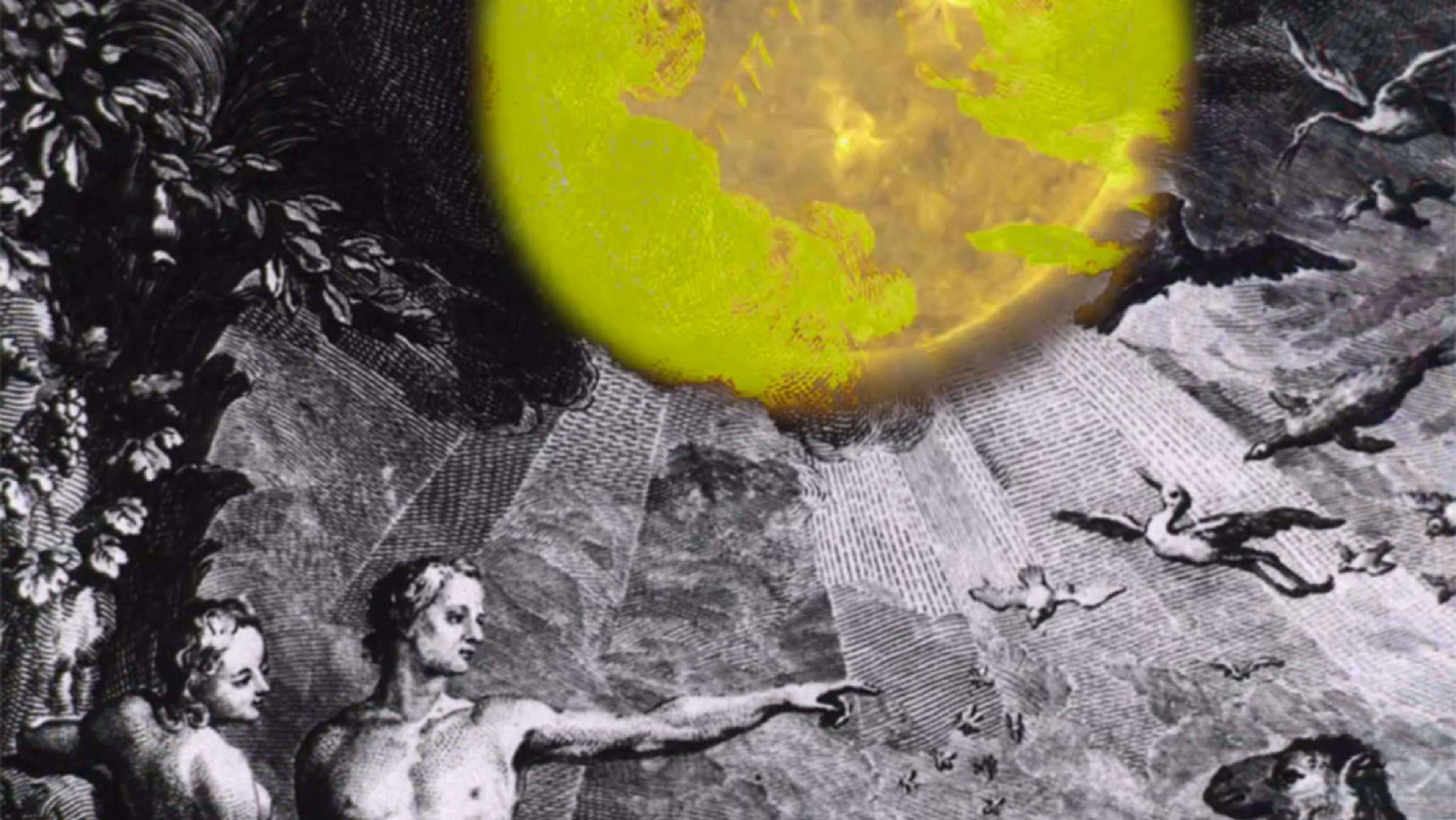When stars cross paths with a black hole, they risk being forever torn into a stream of gas – what’s known as a ‘tidal disruption event’. However, not all stars that pass through such an encounter are destined to become cosmic debris. After being stretched by a black hole’s tidal force – ‘spaghettification’, as it’s informally known – some stars can partially reform. And, as this video from NASA’s Goddard Space Flight Center illustrates, predicting which stars might survive these events isn’t always intuitive. Using computer models to simulate the process of eight different stars passing by a supermassive black hole, researchers found that the surviving stars weren’t cleanly divided by mass. In addition to bringing these astounding cosmic encounters into focus, the short video also illustrates how computer modelling is helping to deepen scientists’ understanding of complex and difficult-to-observe cosmological events.
Models capture the world-warping physics of what happens when stars meet black holes
Video by NASA’s Goddard Space Flight Center, Taeho Ryu
Producer: Scott Wiessinger
13 December 2021

videoPhysics
The abyss at the edge of human understanding – a voyage into a black hole
4 minutes

videoCosmology
Deep time and beyond: the great nothingness at the end of the Universe
29 minutes

videoCosmology
The Indian astronomer whose innovative work on black holes was mocked at Cambridge
13 minutes

videoQuantum theory
‘If you feel you’re in a black hole, don’t give up’ – Stephen Hawking explains
2 minutes

videoAstronomy
Visualisations explore what the deep future holds for our night sky
6 minutes

videoSpace exploration
Embark on an operatic, interactive journey to a witness the birth of a star
6 minutes


